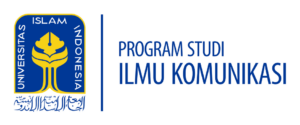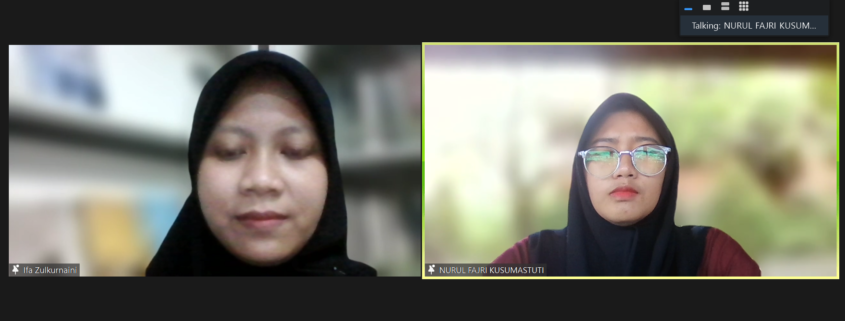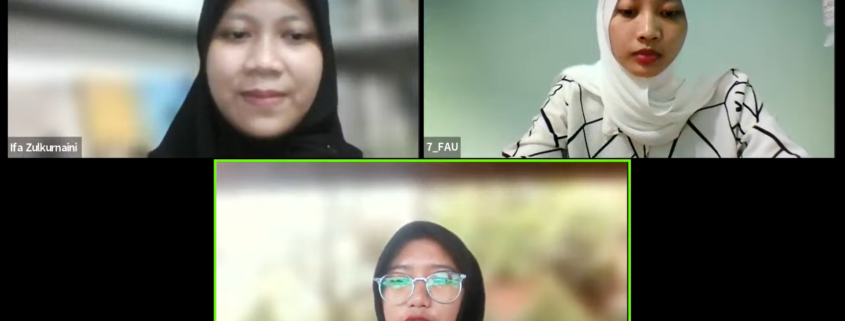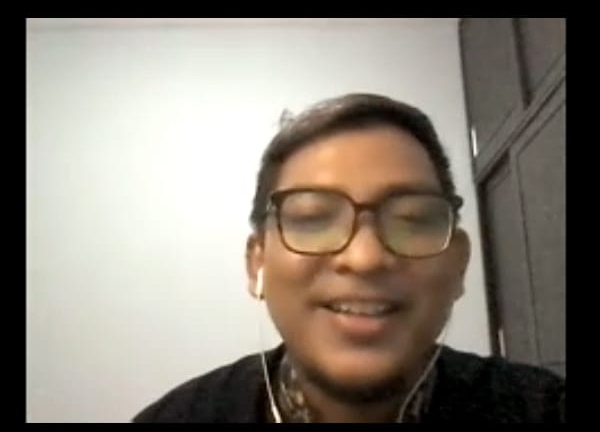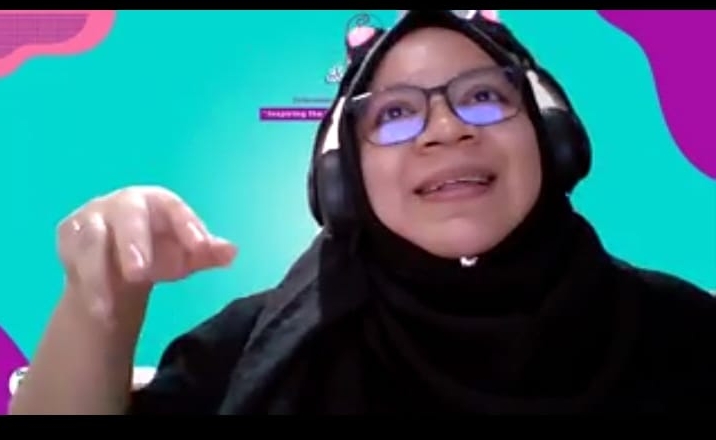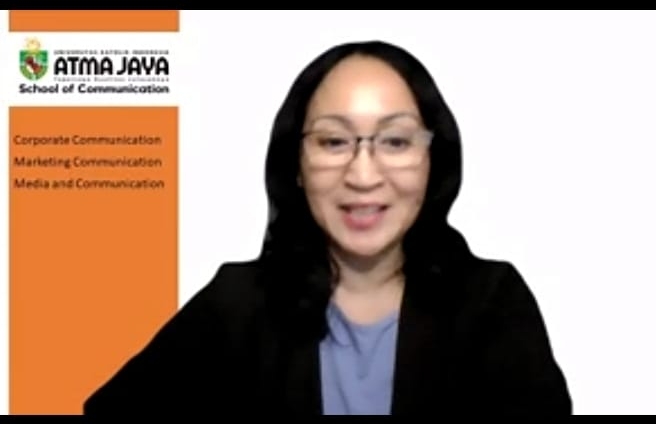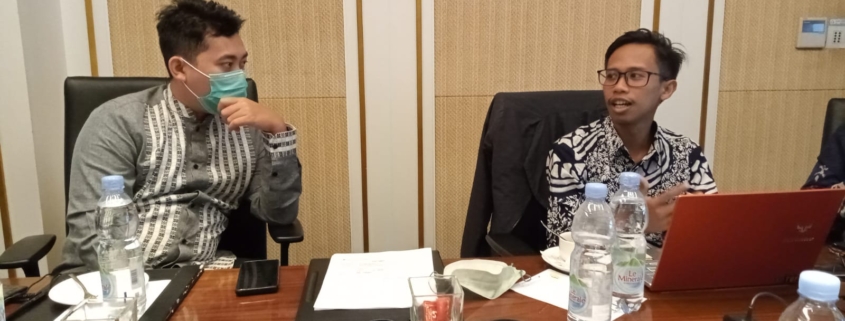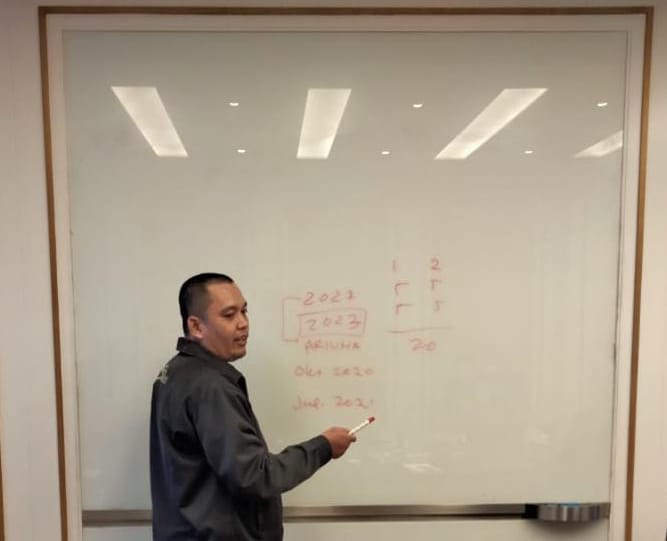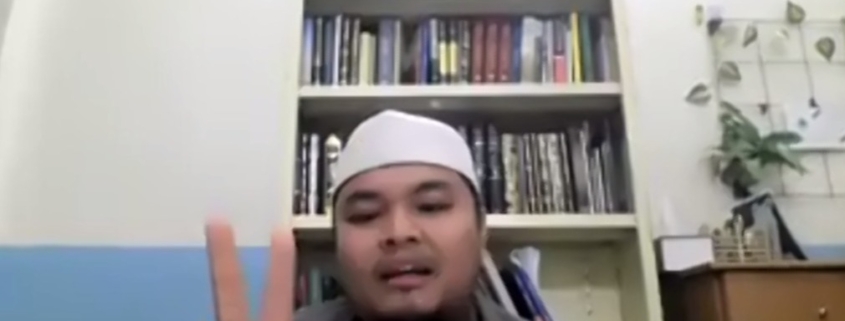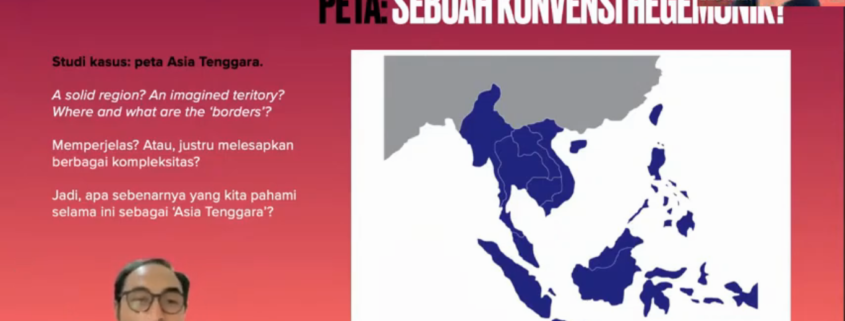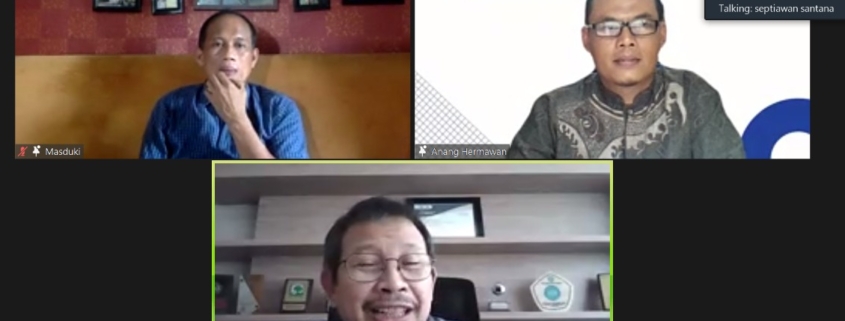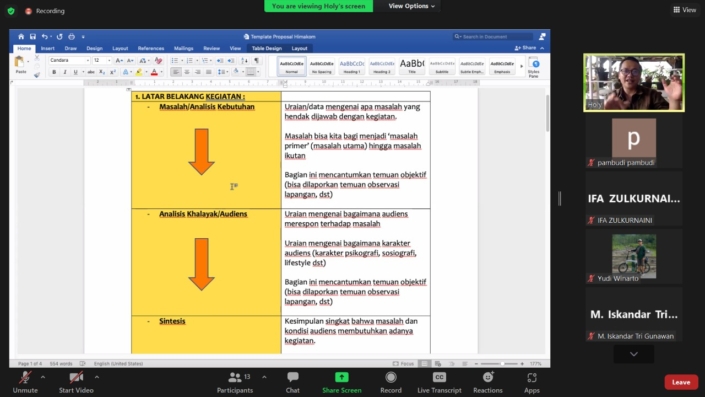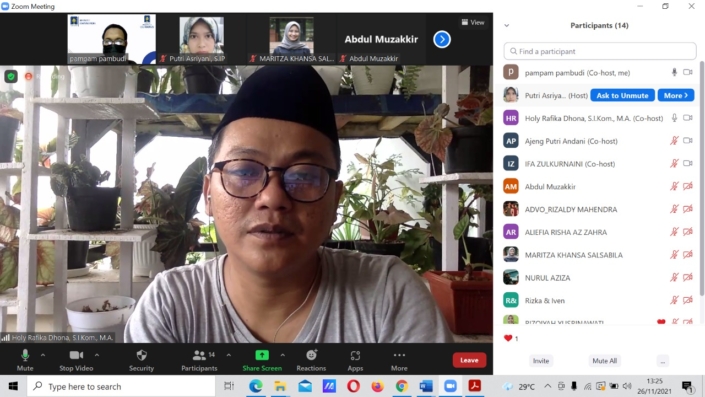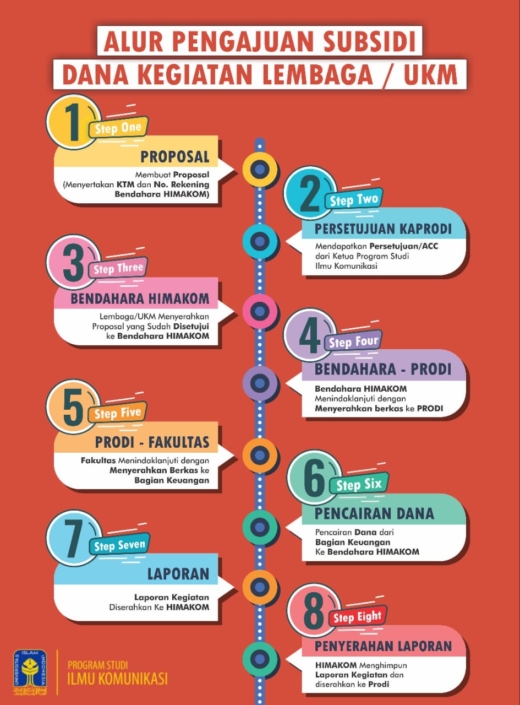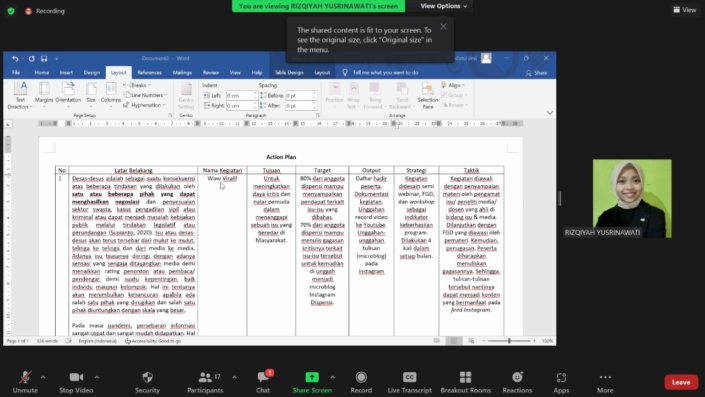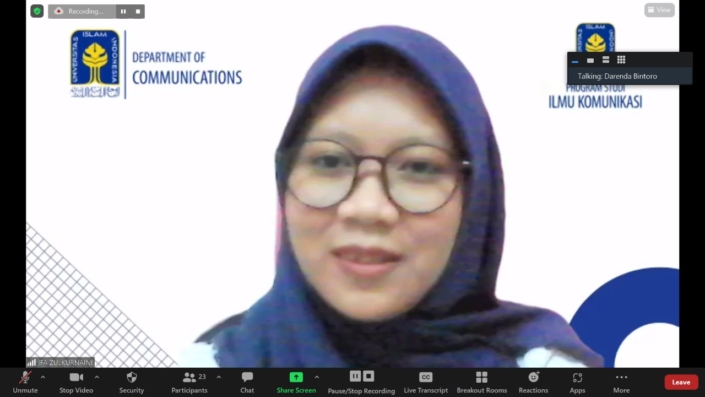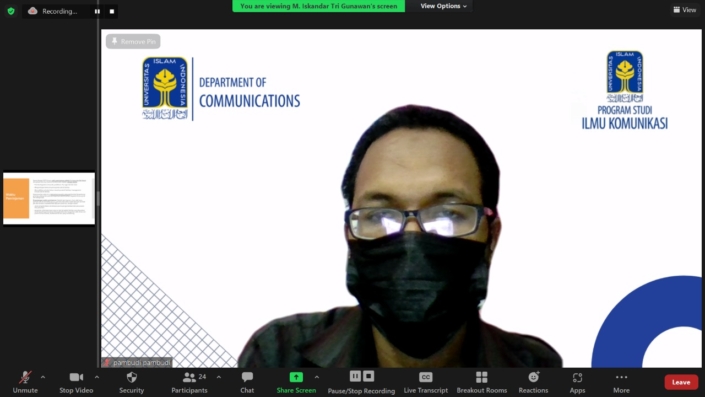Online media is now the most favorite media in the world. Young readers have now 100 percent switched to online platforms. Online news and articles are increasingly in demand by the media. Many news and articles appear. Often the content of one media with other media is similar. The writing style makes the reader-run away because it is not attractive.
Nurul Fajrikusumastuti, student of Communication Studies at the Islamic University of Indonesia (UII), a contributor to liputan6.com, provides some tricks and tips to penetrate online media. In a monthly discussion organized by the Center for Alternative Media Studies and Documentation (PSDMA) NADIM on December 15, 2021, Nurul explained the method that has been effective since May 2021 to penetrate online media. Dozens of his writings have been published in the online media.
Communicative, not just informative!
The psychology of online readers today is different from that of book readers. Writing must be full of information, but if it is too full of data, the reader will be tired of digesting it. Online media readers are now more comfortable if they are involved in writing. “For example, we can open with little pleasantries like this: you all must have experienced traffic jams. Now imagine how it feels!” Nurul gave an example.
Keyword Hits, Hips
Perspective, The world of online media is like fighting over readers. To be read, the title and topic must be a magnet to attract readers to open the news page. For that, the title must be eye-catching. To get on the radar and appear on the main page of search engines, topics must contain keywords that are currently hit or are trending.
However, the article’s content will be very dull if the contents of one news with other news are only repeated. The author must see a different perspective, even with the same theme. “Yesterday it was viral about the artist’s accident on the toll road. Maybe what comes to mind is the chronology. But in the days ahead, the chronology theme can’t be reloaded. We have to write with the theme of the accident but with a different perspective. For example, we make a kaleidoscope of accidents for a year or other themes,” explained Nurul, who also qualified as a contributor after going through several pieces of training at the student level.
